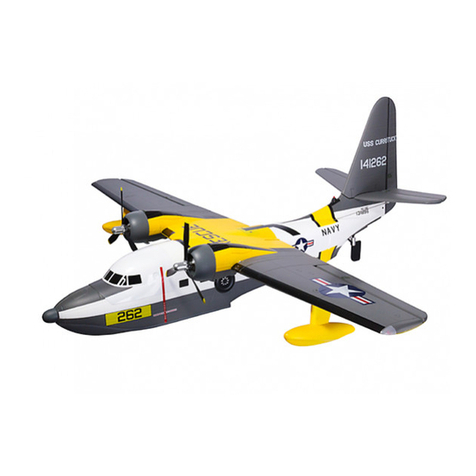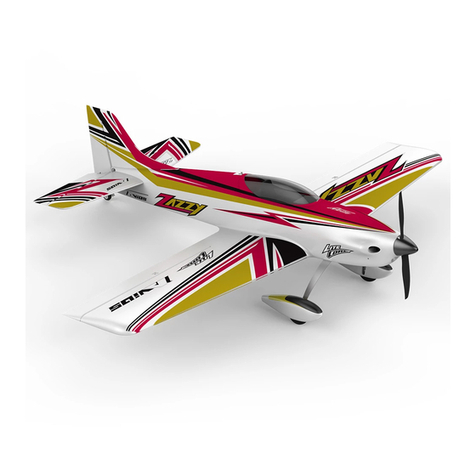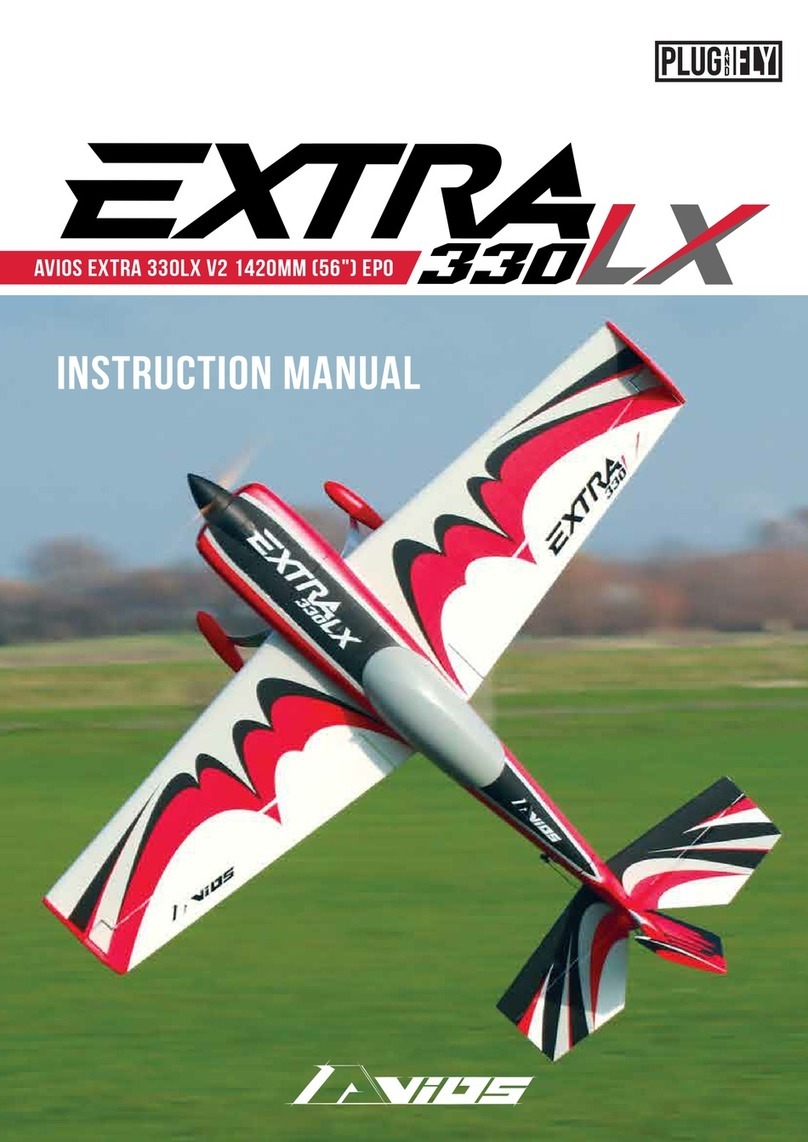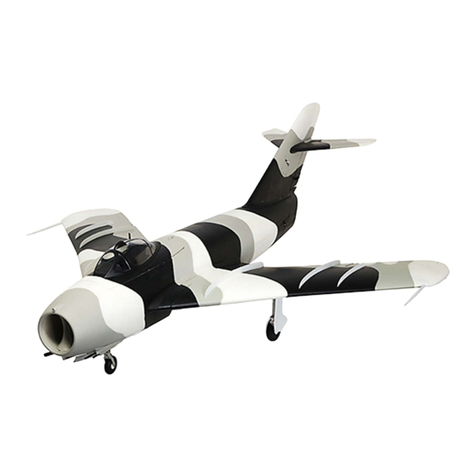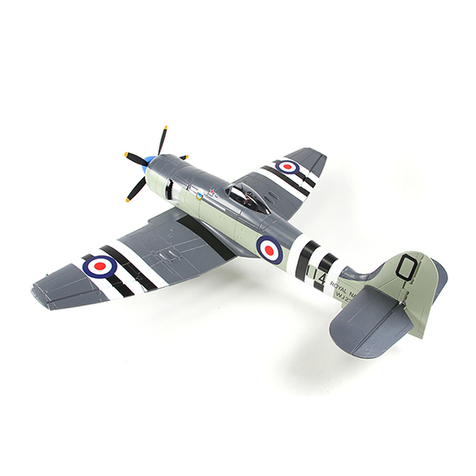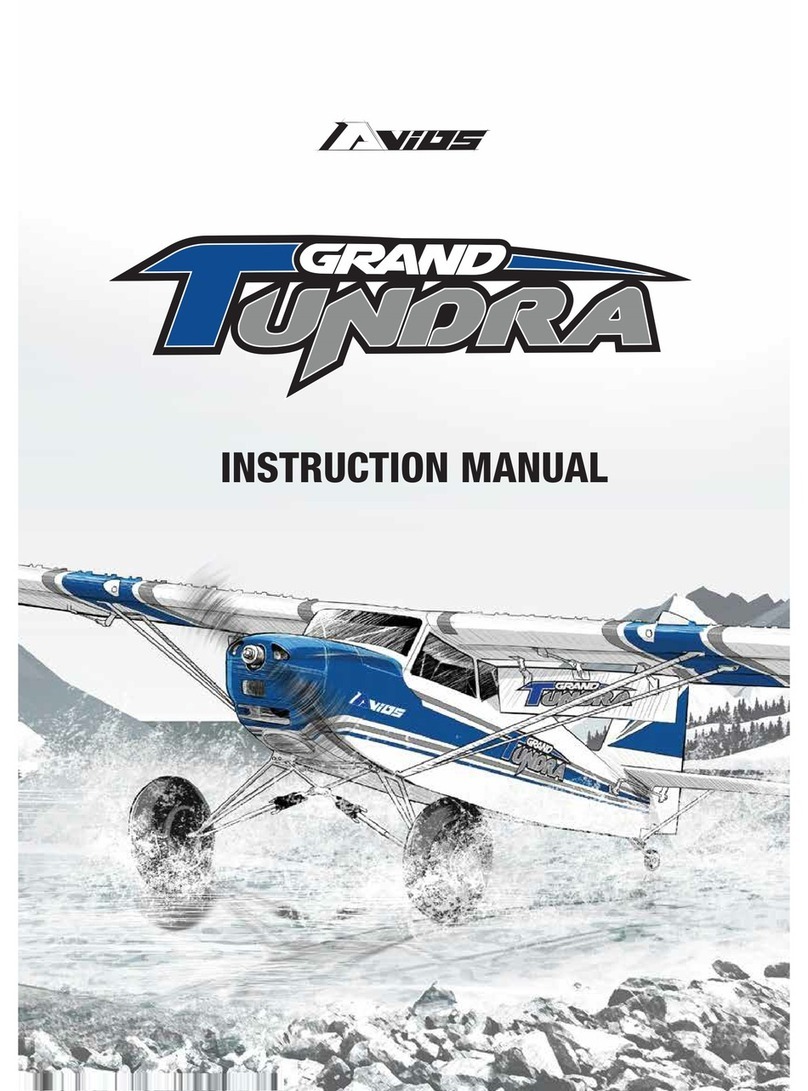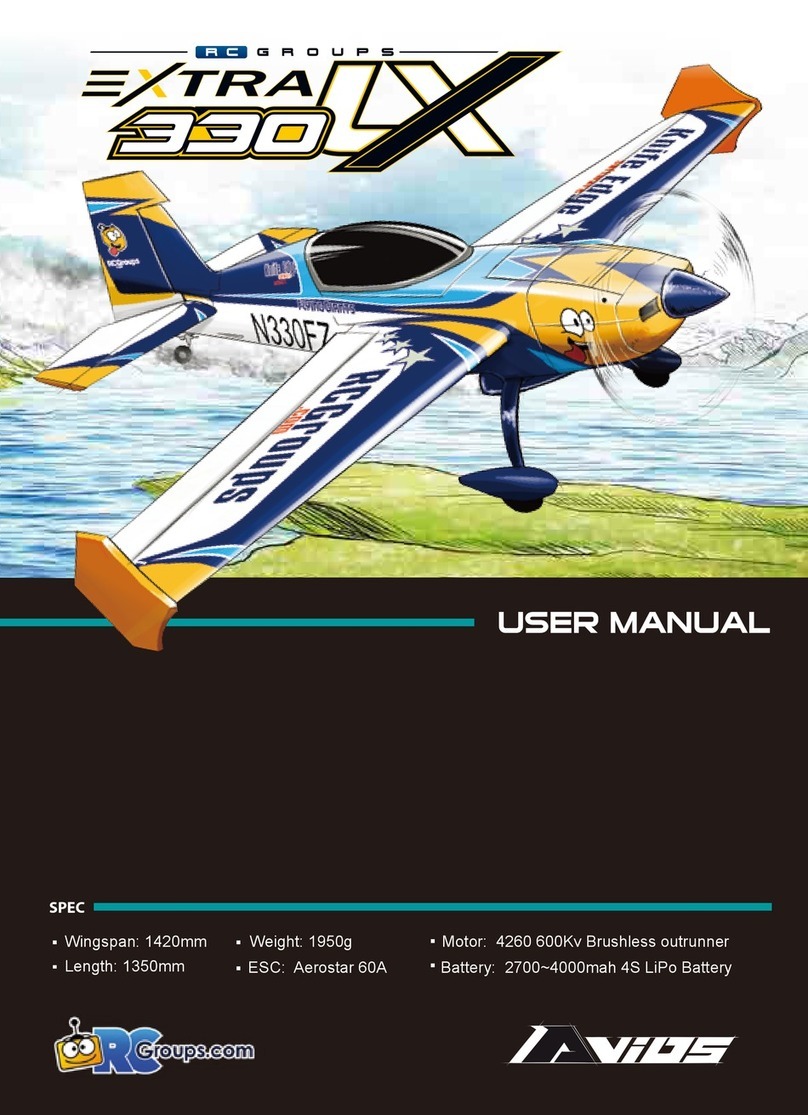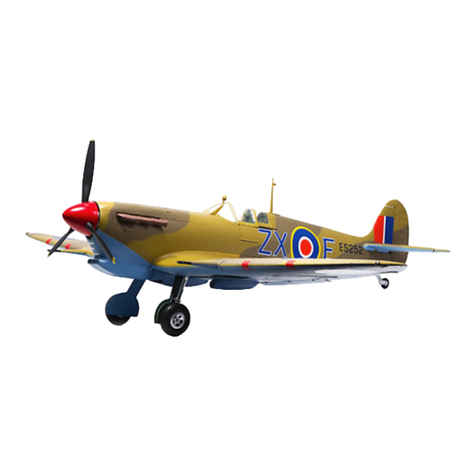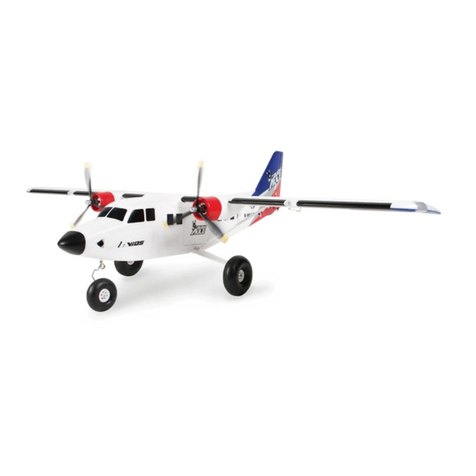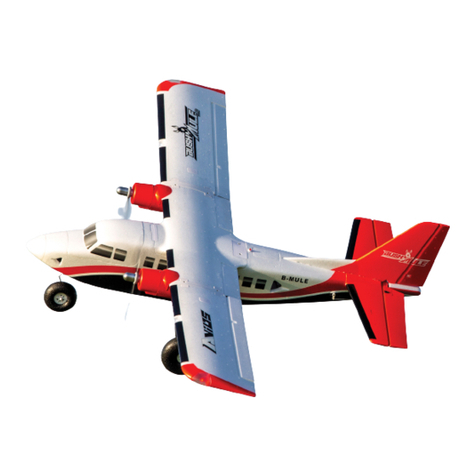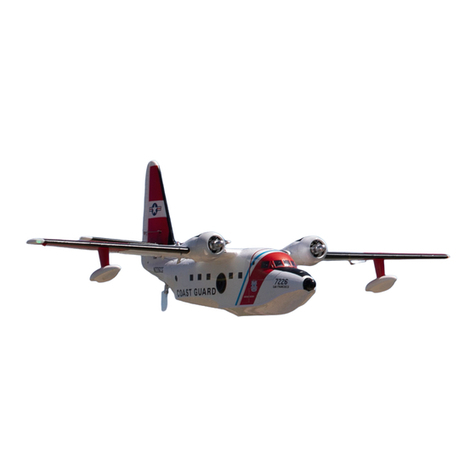
1
Beloved worldwide, this versatile American four-engine turboprop aircraft has been used in many
guises over its long period in service. Originally it was designed as a troop, and cargo transport
aircraft, but very quickly found uses in a variety of other roles.
The Avios C-130 V2 is available in two brand new color schemes, the classic US Coast Guard
scheme of hi-viz orange and white with scale decals, or a typical civilian cargo plane scheme in red,
white, and blue. Both stand out really well in all skies, and both schemes are lighter in weight than
previous versions. Features include pre-installed motors, ESCs, servos, retract landing gear with door
sequencer, working cargo door, cabin light, nav lights, etc. The V2 also includes an improved rudder
pushrod system with a rear-mounted servo which is lighter, and more direct.
AVIOS presents the only true scale representation of the mighty C-130 turboprop aircraft,
and in its V2 form, they are even better to fly.
INTRODUCTION:
- Propeller: 4 off 6.5x5 4 blade
- Servos: 6 x 9g
- Battery: 2200mAh 4S (14.8V) Recommended/not supplied
- Radio system: Turnigy T-6A Transmitter and Receiver
SPECIFICATIONS:
- Wing span: 1600mm
- Length: 1195mm
- Flying weight: 2350g (inc battery)
- Speed Control: 4 x 18A Brushless ESC
- Power: 4 x 2627-1000KV Brushless Motors
- Included: Retractable landing gear, flaps, and lighting system
C-130 FEATURES:
- This beautiful model is an accurate 1 : 25 scale replica of the C-130.
- Electronic retractable scale landing gear with pre-programmed sequencing geardoors which
operate close to the full scale. It's all fully assembled and tested by skillful factory technicians.
- Scale like operating fowler flaps for short take off and landing
- Four powerful brushless motors provide tremendous power for short take offs and steep climb
outs just like the full scale.
- The iconic 4 blade propellers ( 2 x CW 2 X CCW ) which come with this kit are highly efficient,
powerful and true to scale
- The working C-130 cargo door can be operated by an aux channel on your computer radio.
Good for any candy drops events at the flying fields! A cabin light is also added and it can be
switched on/off automatically when the door is opened and closed.
- Equipped with super bright navigational lights and landing lights which can be seen even in
bright sunlight.
- Wings have special connectors built-in for quick and easy setup at the flying field.
- Scale detailed accessory plastic parts such as windshield wipers, pitot tubes and dew point
sensors are also included in this kit.
L
